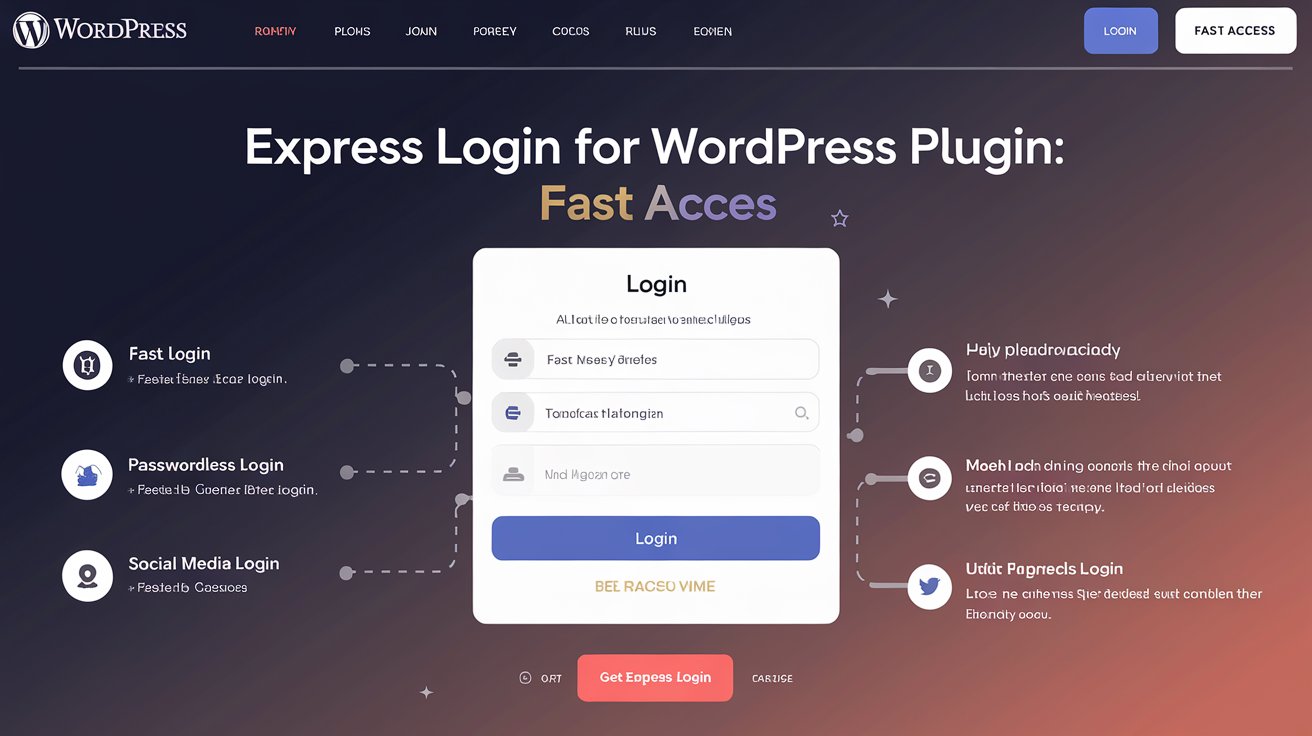Many of the traditional multiple-choice questions we use in assessments are abstract and only measure whether people remember facts they heard in the last 5 minutes. Converting these questions to scenario-based questions can increase the level of difficulty, measure higher-level skills, and provide relevant context. One-question mini-scenarios can enhance your assessments and practice activities.

Sample question
Let’s say you create training for managers on how to provide reasonable accommodations for employees. You have set up a set of traditional multiple-choice questions as an end-of-course quiz, but they are all very low-level. You want to improve the quality of your assessment with some scenarios.
This is a question from your current quiz that measures the recall of a fact from the training. The rest of the assessment is similar.
Example 1: Original question
What reasonable accommodation is recommended for a temporary disability or medical problem affecting work?
- No; reasonable accommodation is only used for permanent or long-term disabilities.
- Unpaid time off can be offered as an accommodation for temporary issues.
- Paid time off must be offered, even if it exceeds the amount of paid time off received by other employees.
- Schedule adjustments are the only accommodation offered for temporary issues.
Align with goals
What are your goals? Does your assessment agree with them? If not, write it over.
In this example, the objective is “Managers will follow company policies and procedures to provide reasonable accommodations for disabilities.” The goal is application level; you must apply this procedure.
The question assesses recall; the goal requires application. Therefore, this question needs to be rewritten at a higher level.
When will people use it?
The first step in moving from traditional to scenario-based questions is to ask when people will use the information.
When will drivers need to know about dealing with temporary disabilities? A common situation would be as a result of an illness or surgery. Perhaps an employee needs a reduced schedule due to fatigue from chemo. Perhaps an employee needs time to recover from back surgery.
For each multiple-choice question, ask yourself how learners will use that information on the job. When will they have to distinguish between those options?
If you can’t think of any situation where people need this information on the job, why are you asking that question?? If you have a question with only irrelevant information, skip down to the full rewrites section below.
Set the scene: scenario as the introduction
One method of revising the question is to add a scenario to introduce the choices. It provides context. This shifts the question from just recalling information to using that information to make a decision.
Let’s see how it works with the previous example. The scenario introduces the question. The choices are essentially the same as before, but now it’s a decision about how to work with an employee you manage. Instead of measuring recall, this question measures whether learners can apply the reasonable accommodation policy.
Example 1: Revised scenario-based question
Simon, a graphic designer on the team you manage, undergoes surgery. He requested 2 weeks off to recover from his surgery. What is the best response according to our policies?
- Let Simon know he can use his accumulated vacation time. Reasonable accommodation is only used for permanent or long-term disabilities.
- Provide two weeks of unpaid time off as an accommodation.
- Allow Simon to adjust his schedule as long as he still works his total normal hours.
Note that this scenario-based question is not long; it’s only 2 more sentences than the original question. The short scenario provides context for decision-making. The alternatives are similar to the originals but with some specific details to fit the scenario context.
Another example scenario question
Here is another example of a traditional multiple-choice question rewritten as a scenario-based question.
Objective: Managers will follow the Fair Labor Standards Act (FLSA) pay and overtime regulations to ensure accurate employee compensation.
Example 2: Original question
Under the Fair Labor Standards Act (FLSA), what is the threshold for when overtime pay typically begins for non-exempt employees?
- 8 hours in a single working day
- 40 hours in a working week
- 80 hours in a two-week pay period
As with Example 1, this is not a terrible multiple-choice question. It is just abstract and focused on understanding rather than application.
Example 2: Revised scenario-based question
Manuel is an assistant manager for Retail Spree, a discount retailer.
Lisa, one of the employees, asks, “I take an extra 6-hour shift on Saturday. I have already worked 36 hours this week. Do I count the entire shift as overtime?” How should Manuel respond to comply with FLSA regulations?
- Just track it as regular hours since you are paid biweekly, and it will count next week.
- Yes, report the entire shift as overtime since it is more than 40 hours for the week.
- No, report 4 hours as regular time and 2 hours as overtime.
This version provides some context in the form of an employee question, making it more realistic and relevant to the audience’s work. If you had a different audience, you’d want to change the details to make them relevant to their environment.
Complete replacement
Sometimes adding a scenario at the beginning won’t work, and you have to completely rewrite the question. If the question is something unrelated to your goals or that people will never use on the job, you need to start over and replace the question.
Look at this example. Will a manager ever need to know this history at work? Would they be more effective in offering accommodation if they could memorize this date?
Example 3: Original
In what year was the Americans with Disabilities Act, or ADA, passed by Congress?
- 1985
- 1990
- 1995
- 2000
We’ve all seen questions like this on quizzes. They are easy to write, but they do not assess anything meaningful. Replacing it with a scenario-based question will give you a more valid assessment.
Example 3: Substitution
One of your employees, Miranda, brought documentation from her eye doctor about her vision and how it affects her driving. Her night vision is deteriorating. Miranda requested a change in her work schedule. She wants to start and end her work day later to avoid driving early in the morning when it is still dark. What is the best response?
- Agree to adjust Miranda’s schedule.
- Tell Miranda to contact HR to start the official residency process.
- Tell Miranda that the schedule change is not possible as it creates too much of a burden on the rest of the team.
- Ask Miranda if any other accommodations would work in lieu of a schedule change.
What do you want to learn?
What else would you like to learn about writing these kinds of scenario-based questions? Do you have questions I can answer in a future post? Let me know in the comments or by replying to this email.
For more information, check out these related posts:
Originally published on 8/1/2017 with the title “To convert traditional multiple-choice questions to scenario-based questions.” Updated and republished with a new title, 8/4/2020. Updated with additional examples 11/27/2024.
Are you on Bluesky?
Like many L&D people, I started posting more on Bluesky. This feels like a good time to join; I see some critical mass of people in our field for conversations. You can follow me at christy tucker.bsky.social. Mark Sheppard’s Learning and Development Starter Pack is a good starting point to find other voices to follow.
Upcoming events
Set the stage: Make training relevant and authentic with scenarios
Wednesday, February 19, 2025, 9:45 AM – 10:45 AM EST
“What does that have to do with me?” This is the question that learners often ask when they take training or e-learning. Many instructional designers struggle when faced with dry or dense content. Often the training feels disconnected from learners’ day-to-day work. Because learners see it as irrelevant, they are less likely to remember their training and less motivated to change their behaviour. You need a way to help learners recognize the relevance of training, which will then improve performance.
================
AISKILLSOURCE.COM










